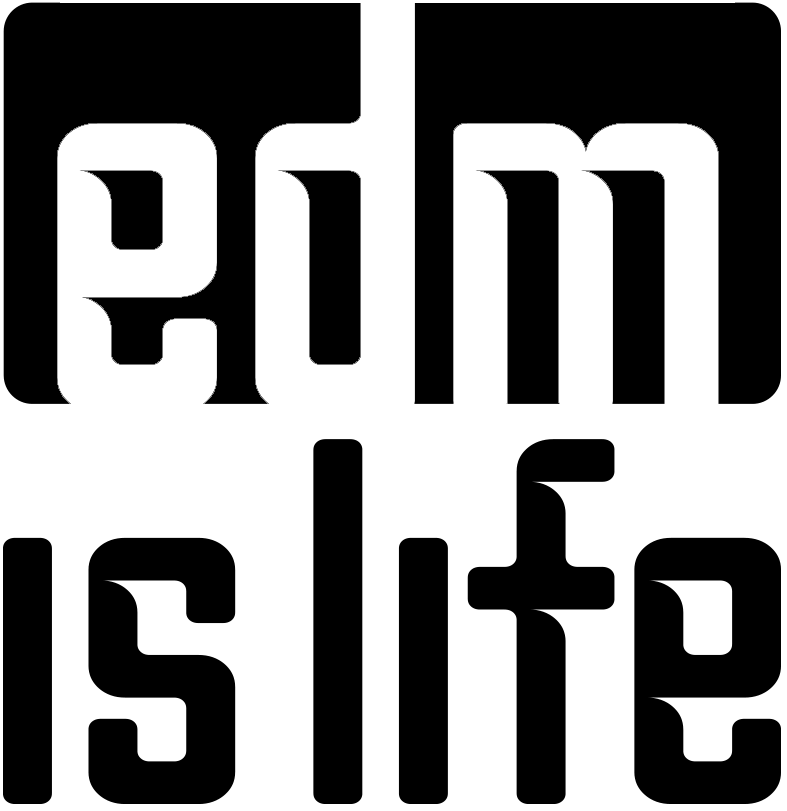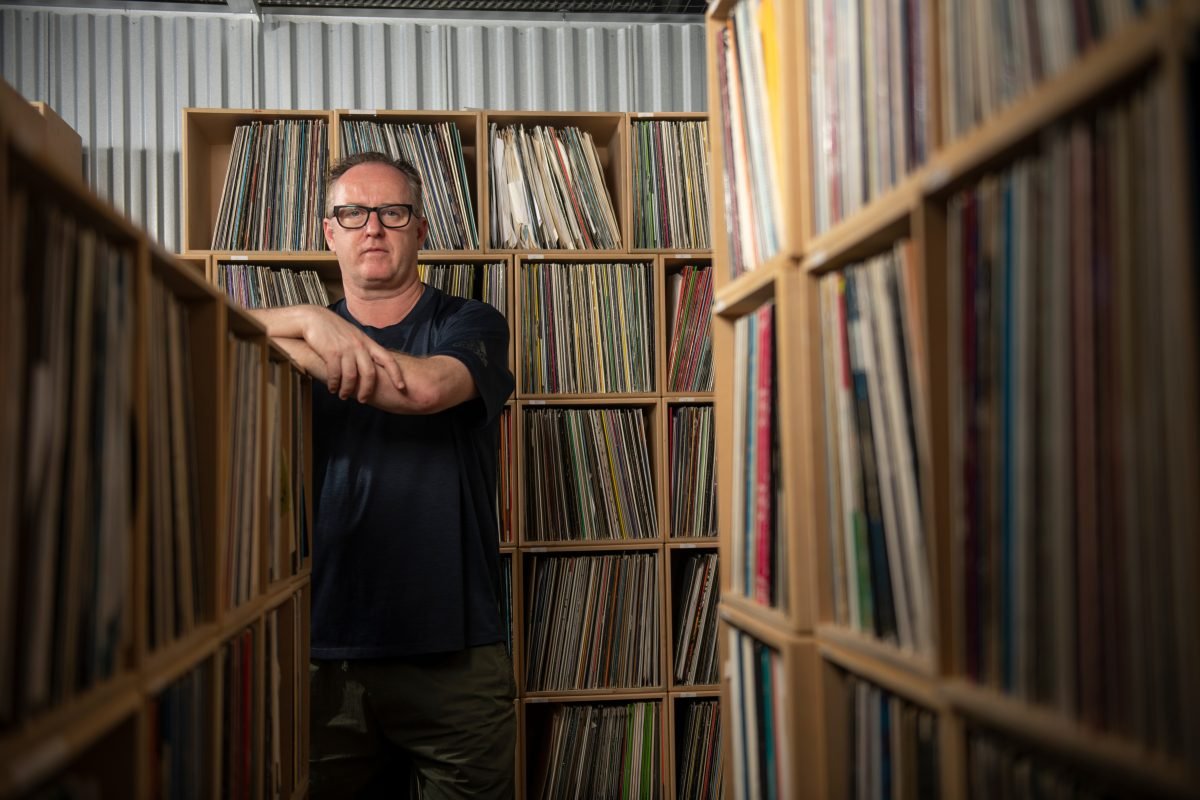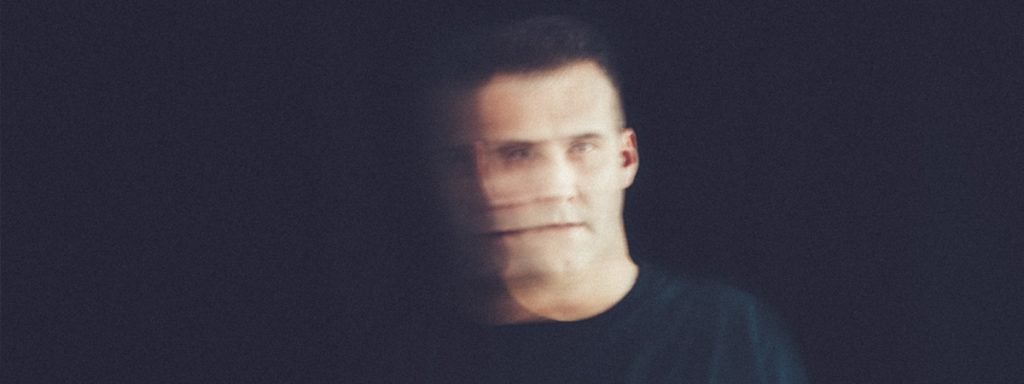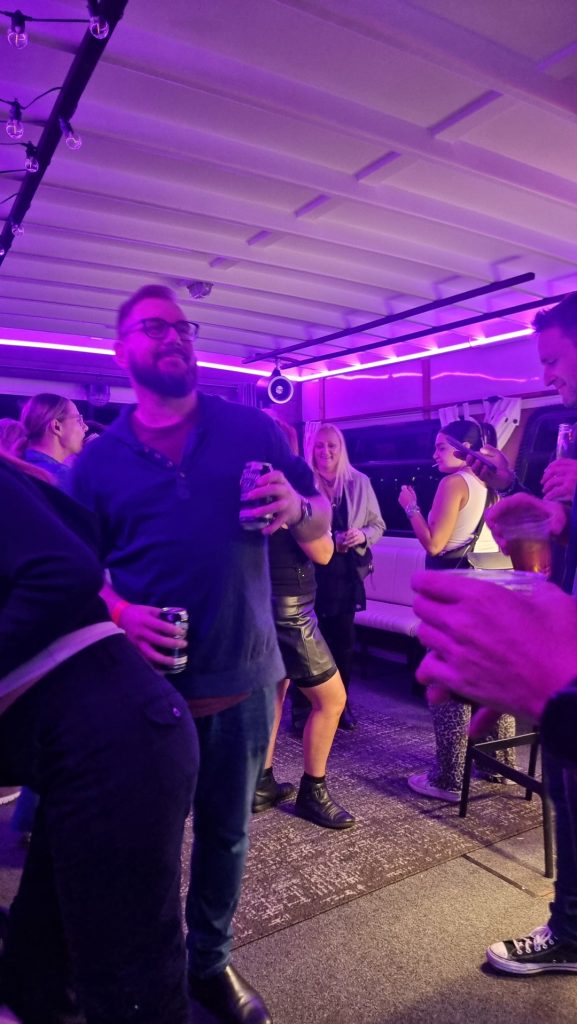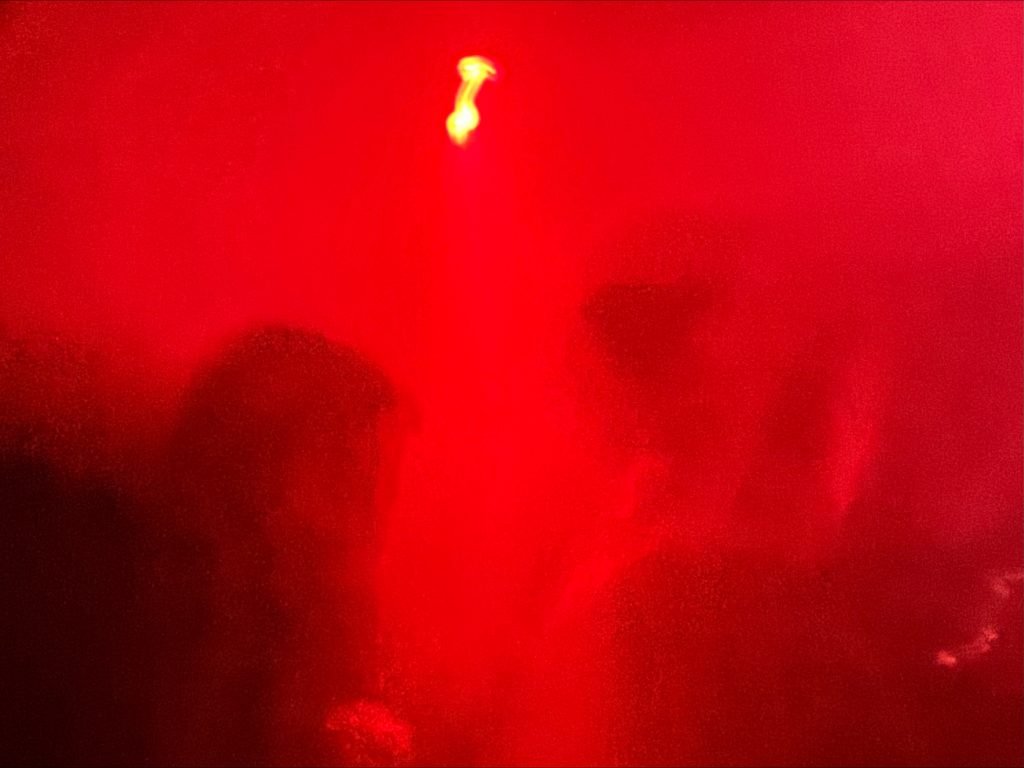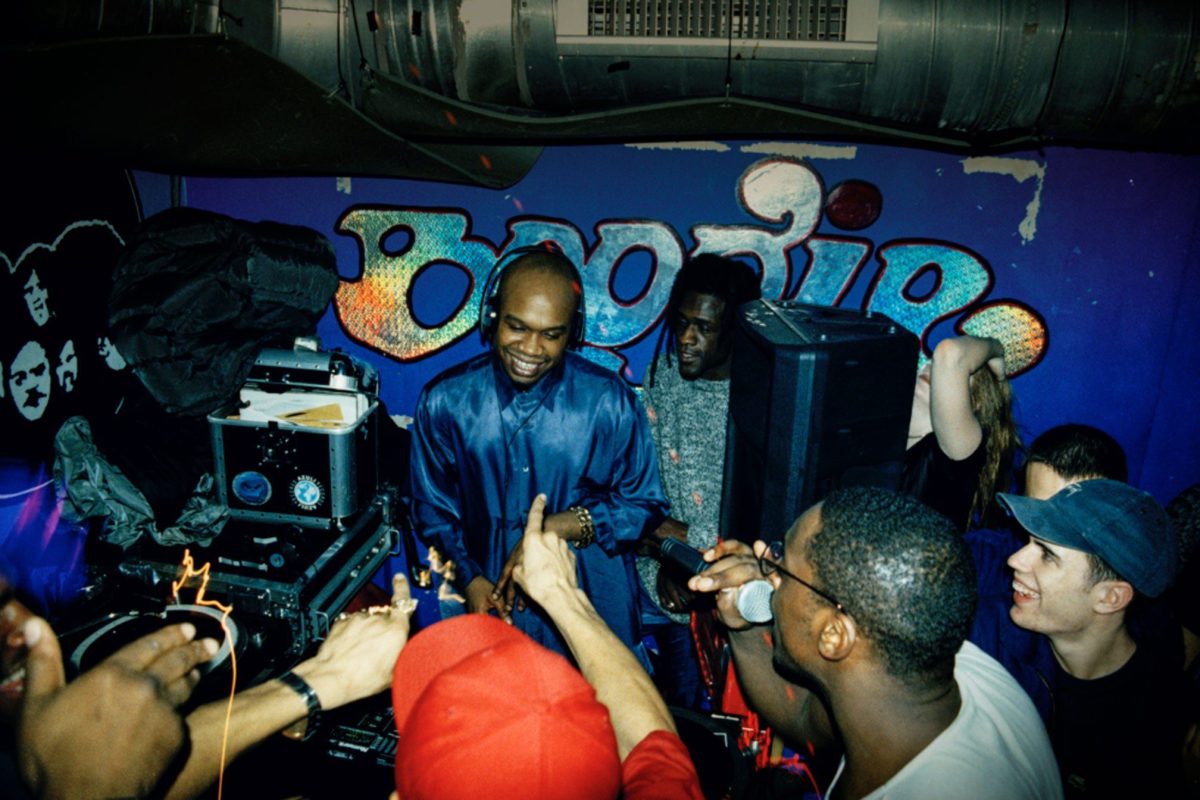
In the early 1990s, a growing nightclub and outdoor event culture gave birth to new genres in the rave scene, including breakbeat, hardcore, darkcore, and hardcore jungle. The music combined sampled breakbeats, and samples from a wide range of music genres including reggae, jazz, funk, soul, house, techno, hip hop, electronica and even film scores; basically, any sounds that provided the right vibe when it was underpinned with a heavy rumbling bassline and rolling breakbeats. From the early ’90s, tracks were beginning to strip away some of the heavier sampling and “hardcore sounding noises” to create more bassline and breakbeat-led tracks. Some tracks increasingly took their influence from reggae and this style would become known as hardcore jungle (later to become simply jungle), whilst darkcore (producers such as Goldie, Doc Scott, 4hero, and 2 Bad Mice) were experimenting with sounds and creating a blueprint for drum and bass, especially noticeable by late 1993. The shift in sounds and styles was all part of the fragmentation of the rave scene as we knew it, where sides were being determined by those who still loved the uplifting piano-led sounds (what we now know as happy hardcore) and those who favoured the more forward-thinking and darker sounds of what was referred to as “jungle techno” and “hardcore jungle”. Both phrases proliferated to describe that shift of the music from breakbeat hardcore to jungle.
By 1994, jungle had begun to gain mainstream popularity, and fans of the music (often referred to as junglists) became a more recognisable part of the youth subculture. The genre further developed, incorporating and fusing elements from a wide range of existing musical genres, including dancehall, MC chants, dub basslines, and increasingly complex, heavily edited breakbeat percussion. Although jungle can be defined by the tempo of the music and the use of breakbeats, identifying the first-ever jungle record is not a straightforward task by any means. Some very good contenders would certainly be the likes of early Shut Up & Dance, Lennie De Ice, and Rebel MCs. Despite the affiliation with the ecstasy-fuelled rave scene, jungle also inherited associations with violence and criminal activity, both from the gang culture that had affected the UK’s hip-hop scene and as a consequence of jungle’s often aggressive or menacing sound and themes of violence which were usually reflected in the choice of samples used on the tracks. However, this was developed in tandem with the often positive reputation of the music, as part of the wider rave scene and dancehall-based Jamaican music culture prevalent in London. By 1995, some jungle producers began to move away from the ragga-influenced style and create what would become collectively labelled drum and bass.
As the genre became generally more polished and technically sophisticated, it began to expand its reach from pirate radio to commercial stations and gained widespread acceptance around the mid-’90s. It also began to split into recognisable subgenres such as hardstep, jump up, ragga, techstep, and what was known at the time as intelligent. As more melodic and often jazz-influenced subgenres of drum and bass called atmospheric or intelligent (Blame and Blu Mar Ten) and jazzstep (4Hero, London Elektricity, Roni Size) gained mainstream appeal, additional subgenres emerged including techstep in 1996, drawing influence from techno.
The emergence of related styles such as liquid funk brought a wave of new artists incorporating new ideas and techniques, supporting the continual evolution of the genre. To this day, drum and bass music makes frequent appearances in mainstream media and popular culture including on television, as well as being a major reference point for subsequent genres such as grime and dubstep, and producing successful artists including Chase & Status, Netsky, and Pendulum. It is not really an unreasonable opinion that drum & bass has changed the perception of what could be done with dance music forever. As a genre, it has certainly evolved over the years with a variety of trends and sub-genres coming and going, but it is a genre that still holds huge attraction for those clubbers and music collectors looking for something very different from the norm. Once you have the bug for this music, it never really goes away… once a junglist, always a junglist.
We take a look back at some of the most influential drum & bass tracks over the years, as well as the sounds that influenced the very sound we all know and love today.
01. Lennie De Ice – We Are I.E.
02. Metalheads – Terminator
03. 2 Bad Mice – Bomb Scare
04. Goldie – Inner City Life
05. Codename John – The Warning
06. A Guy Called Gerald – 28 Gun Bad Boy
07. Nookie – Shining In Da Darkness
08. Origin Unknown – Valley Of The Shadows
09. Omni Trio – Renegade Snares
10. UK Apache & Shy-FX – Original Nuttah
11. D.R.S featuring Kenny Ken – Everyman
12. Marcus Intalex – Temperance
13. M-Beat feat. General Levy – Incredible
14. Roni Size & Reprazent – Trust Me
15. Dillinja – The Angels Fell
16. J.Majik – Your Sound
17. Peshay – Piano Tune
18. Goldie (Metalheads) – Kemistry
19. Alex Reece – Pulp Fiction
20. DJ Hype feat. MC Fats – Peace, Love And Unity
Related
Discover more from Decoded Magazine
Subscribe to get the latest posts to your email.
